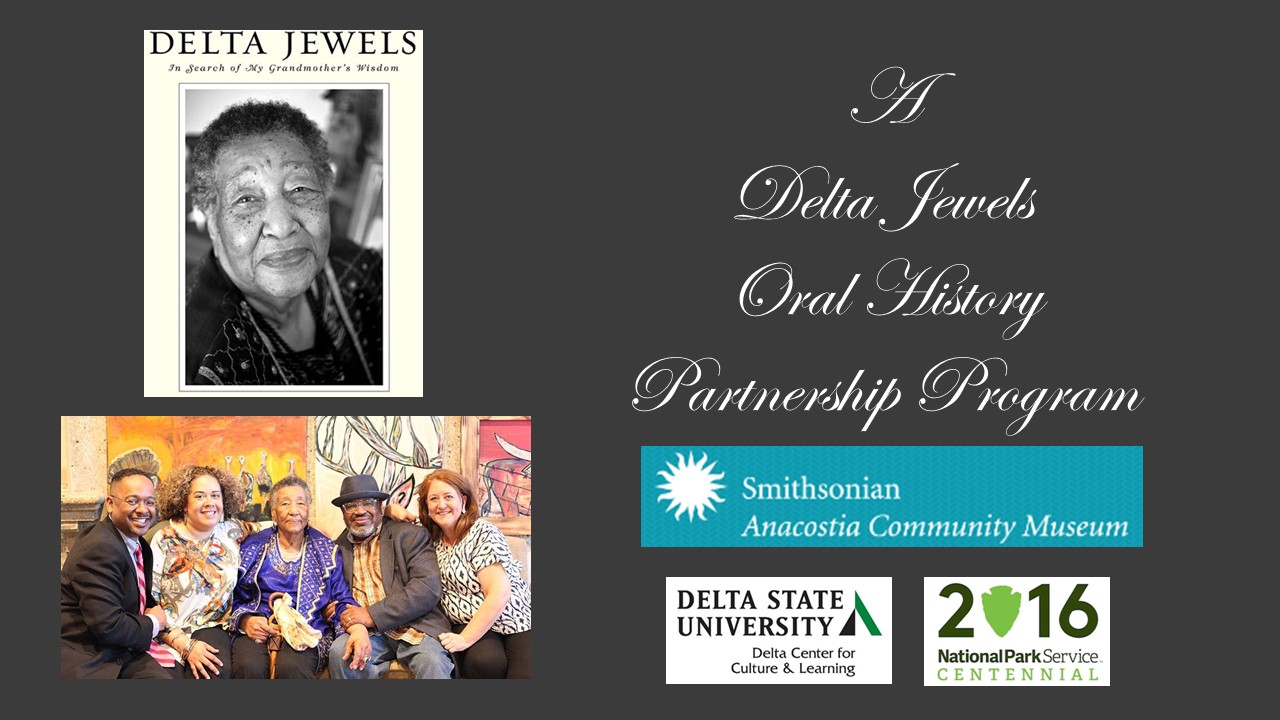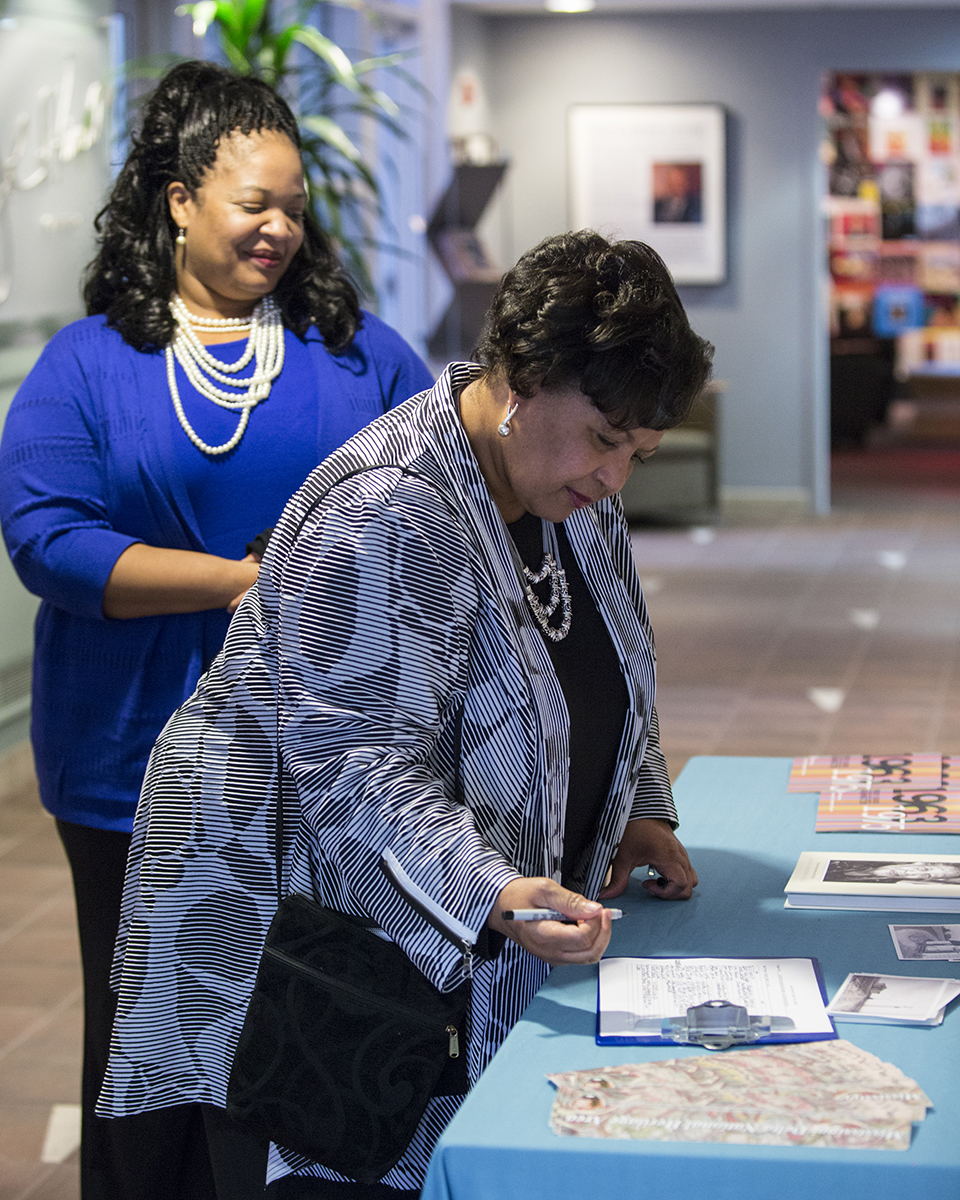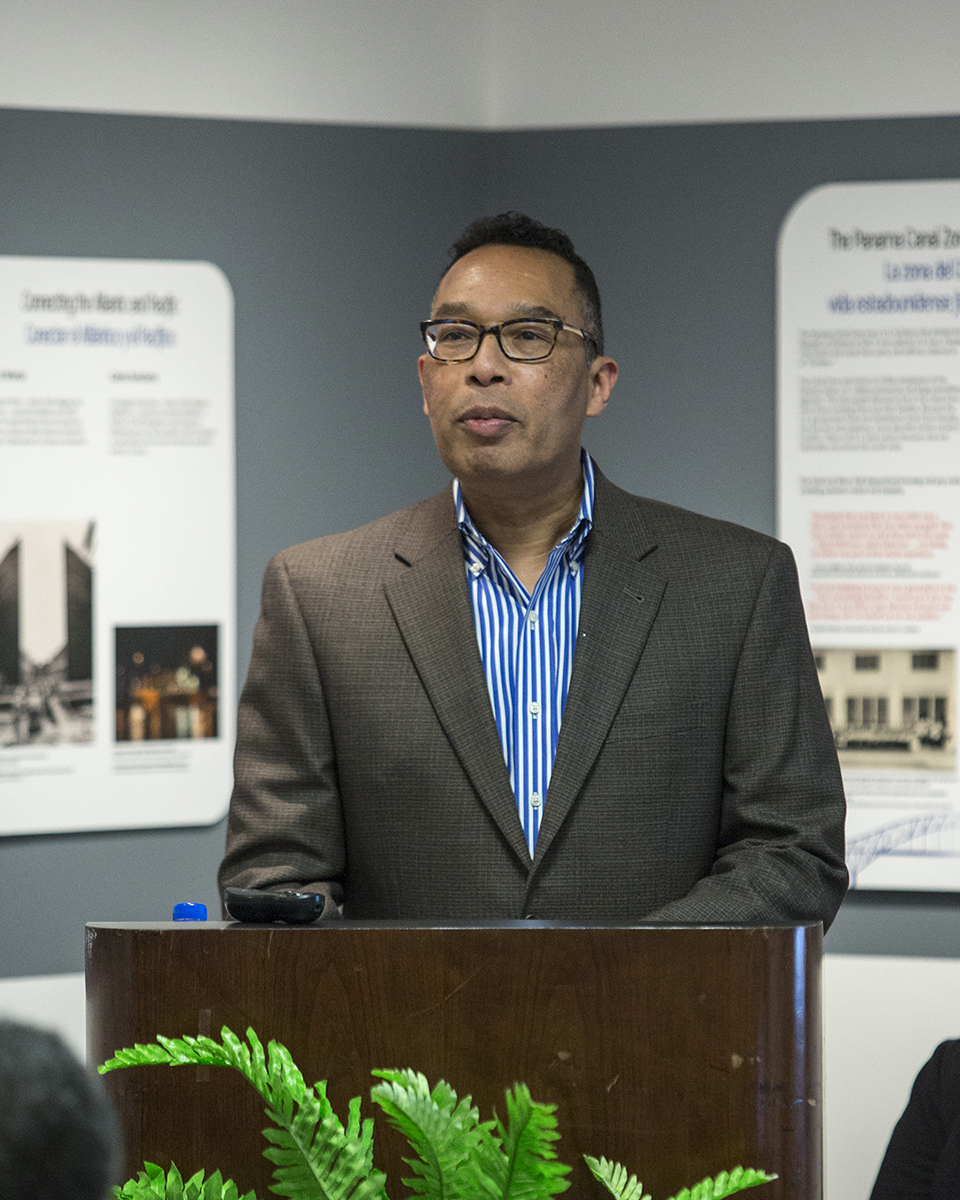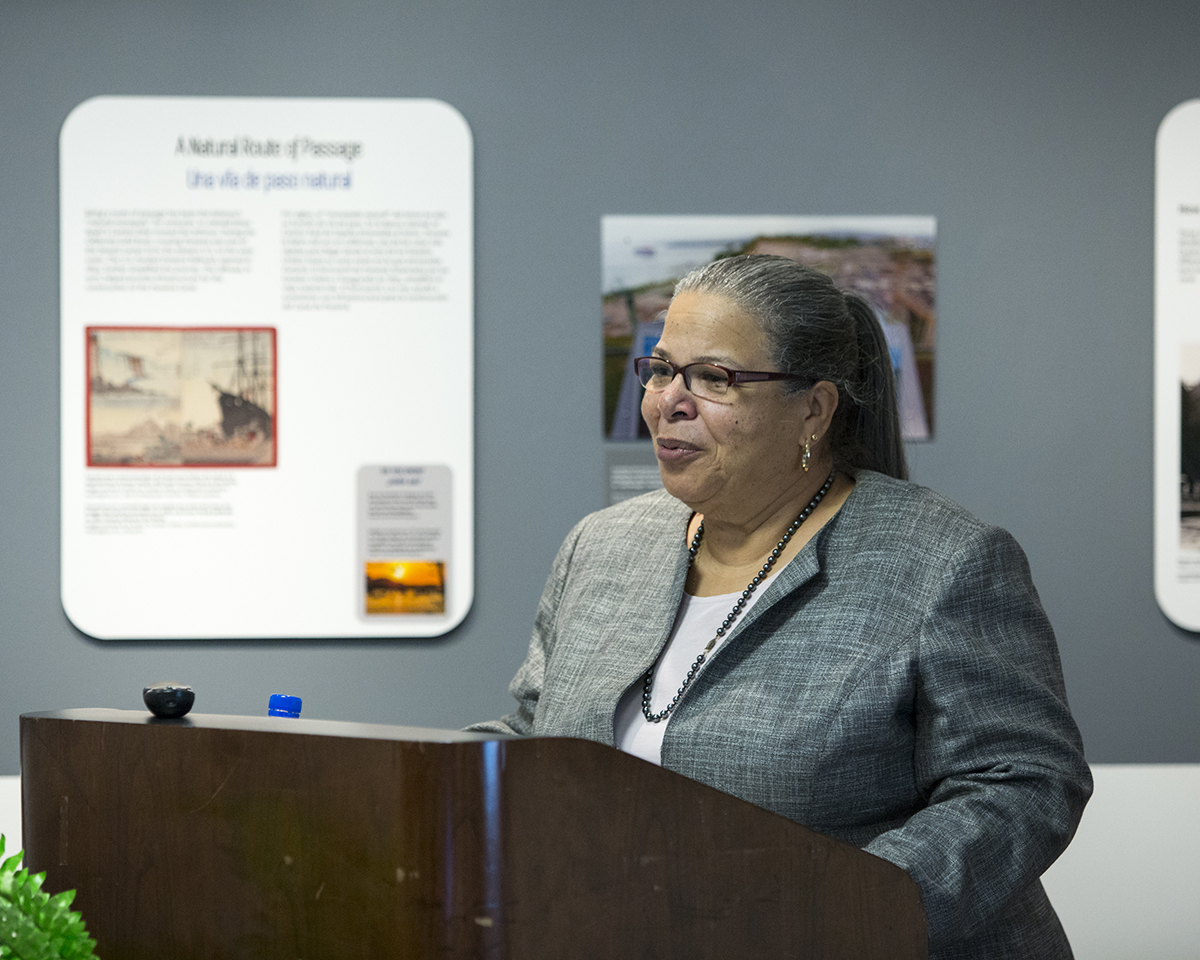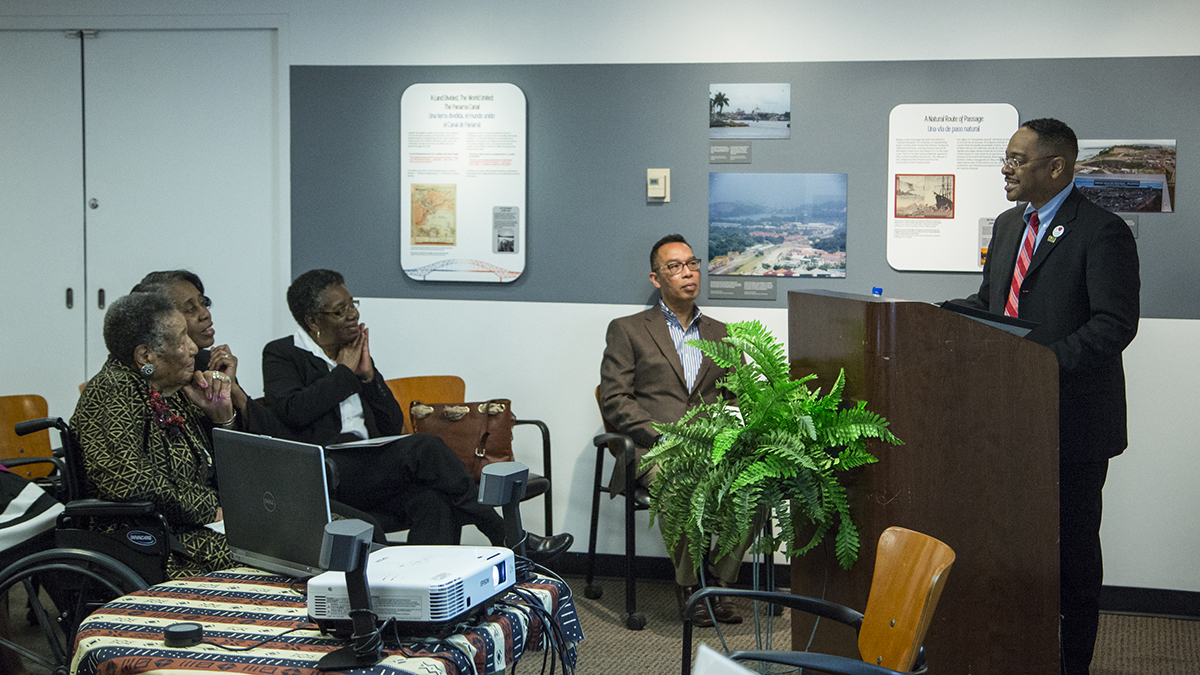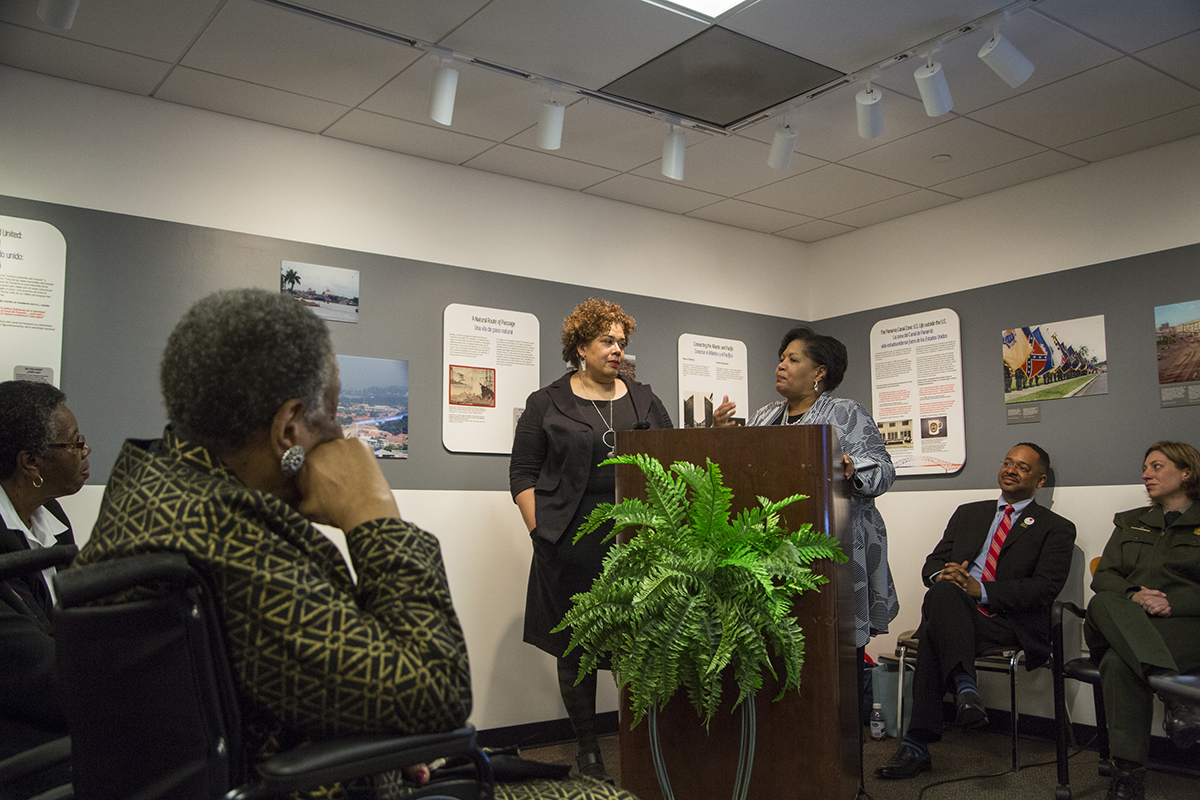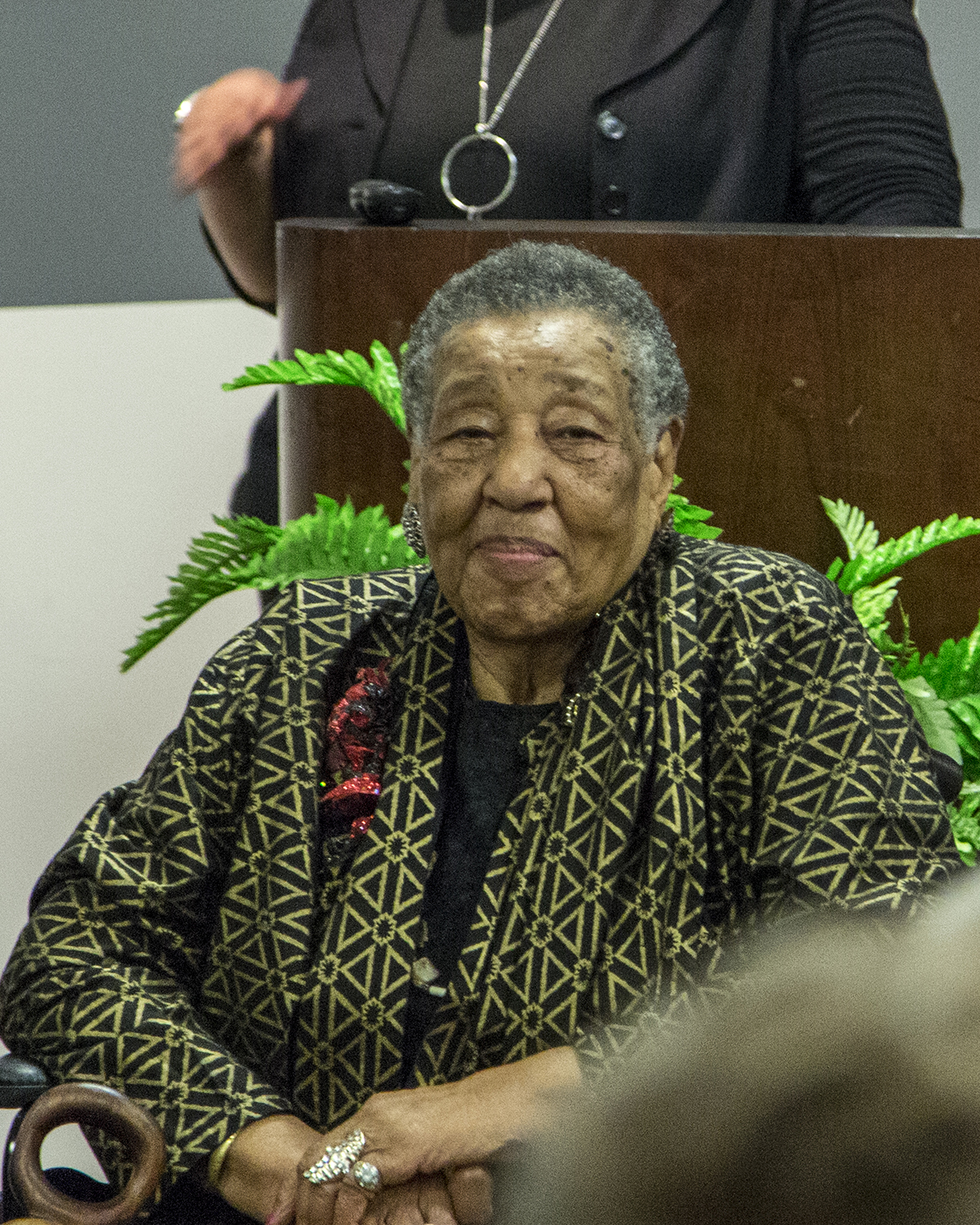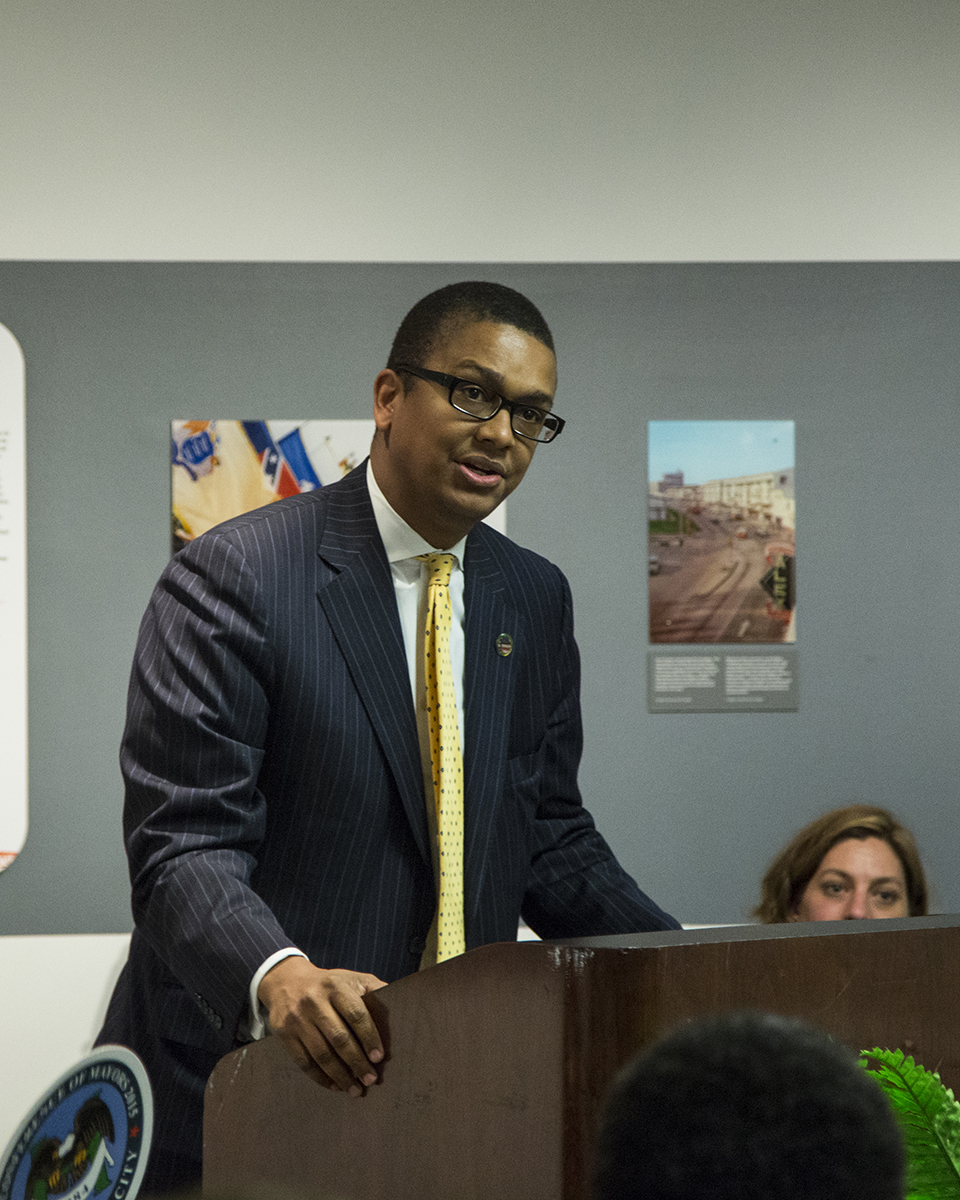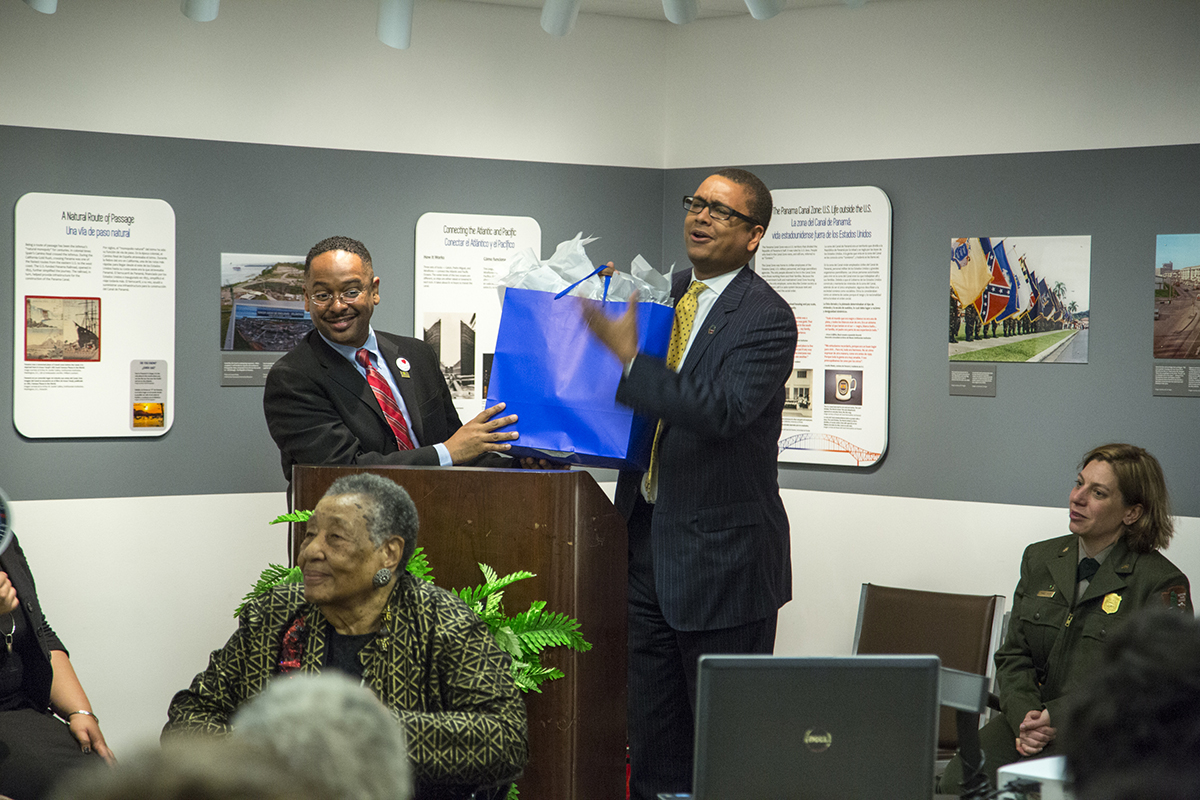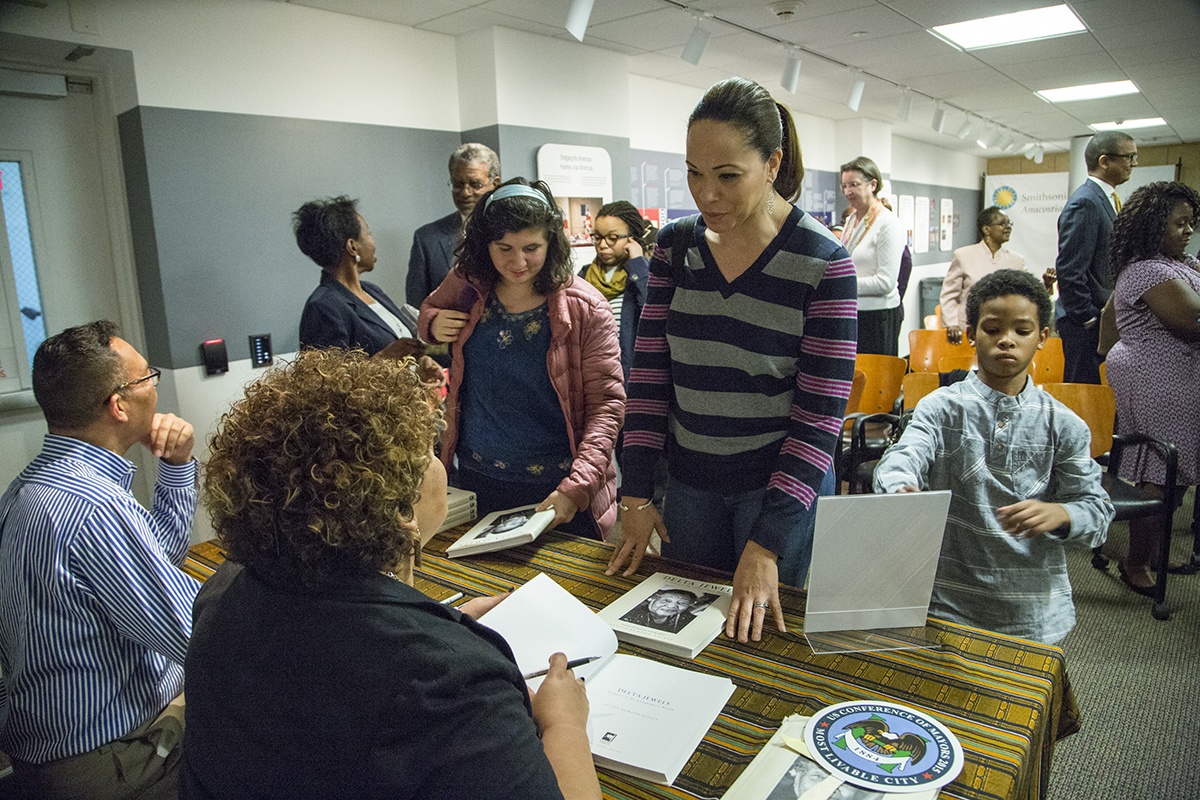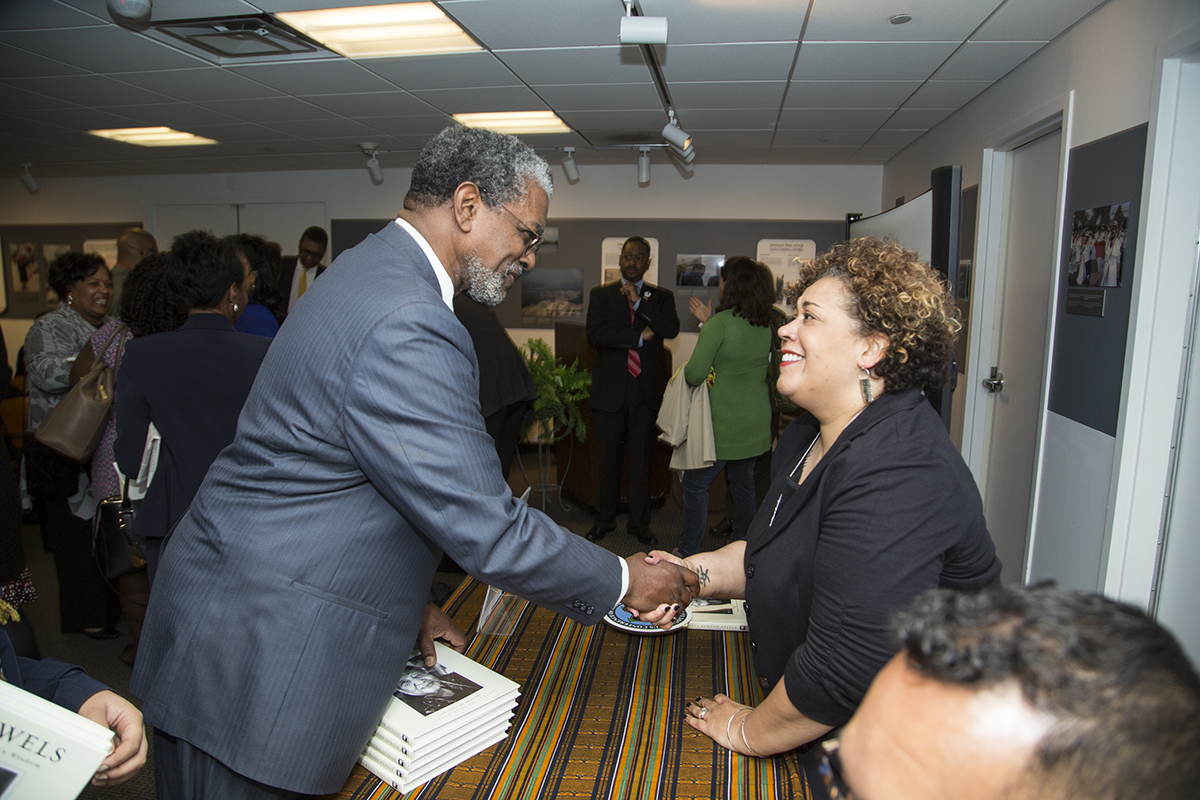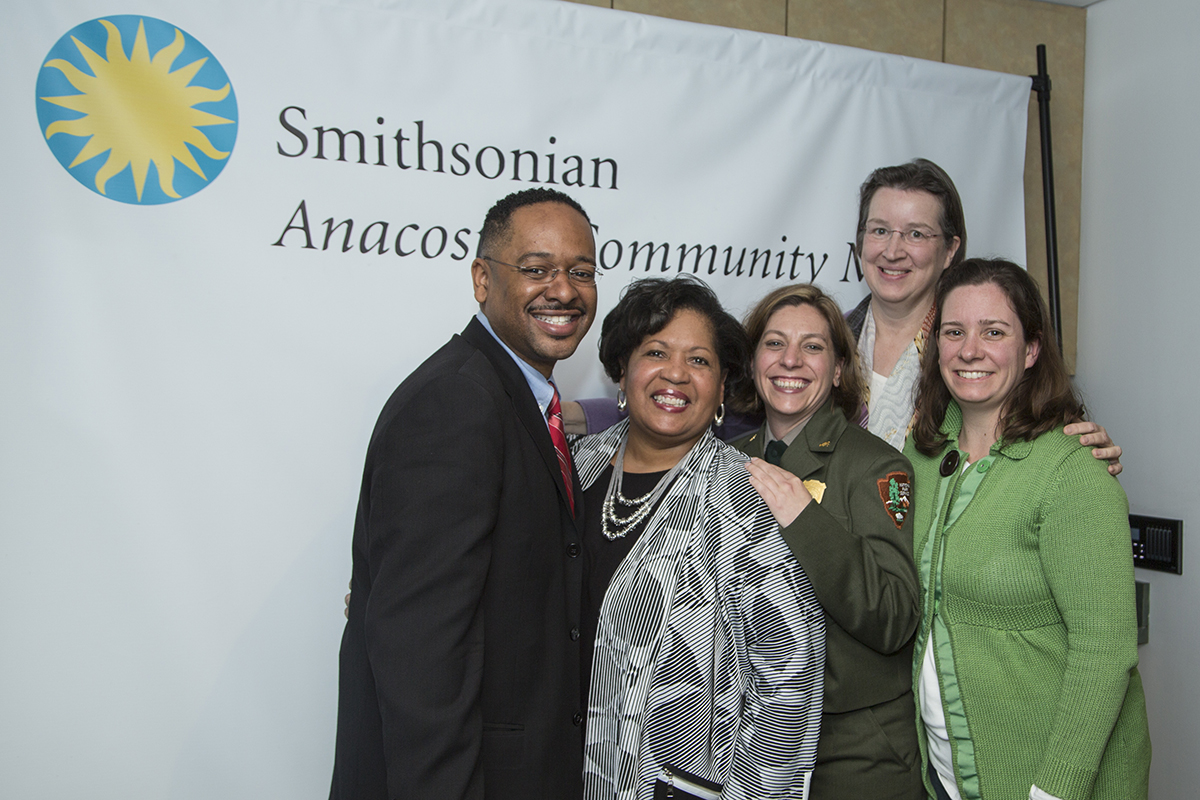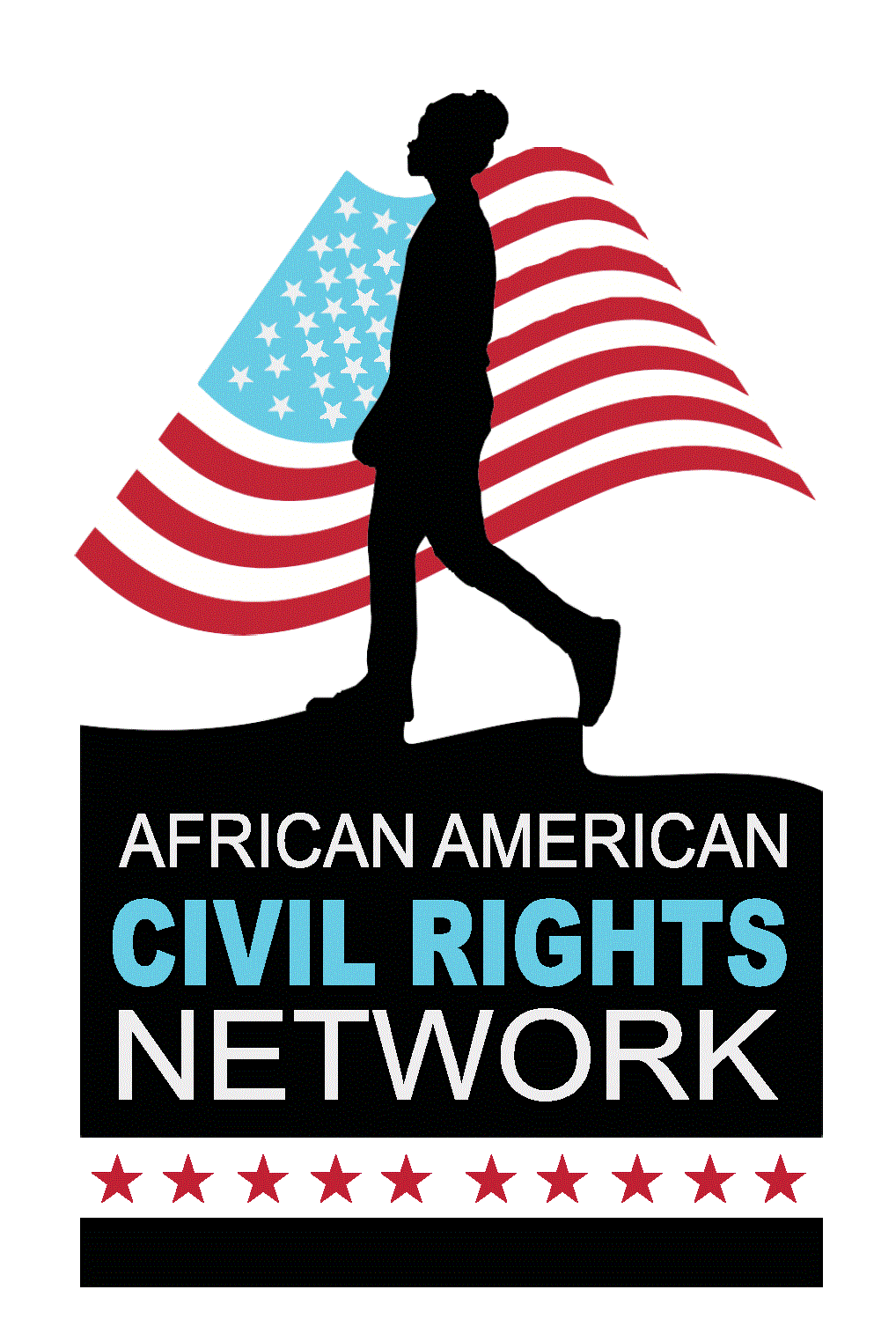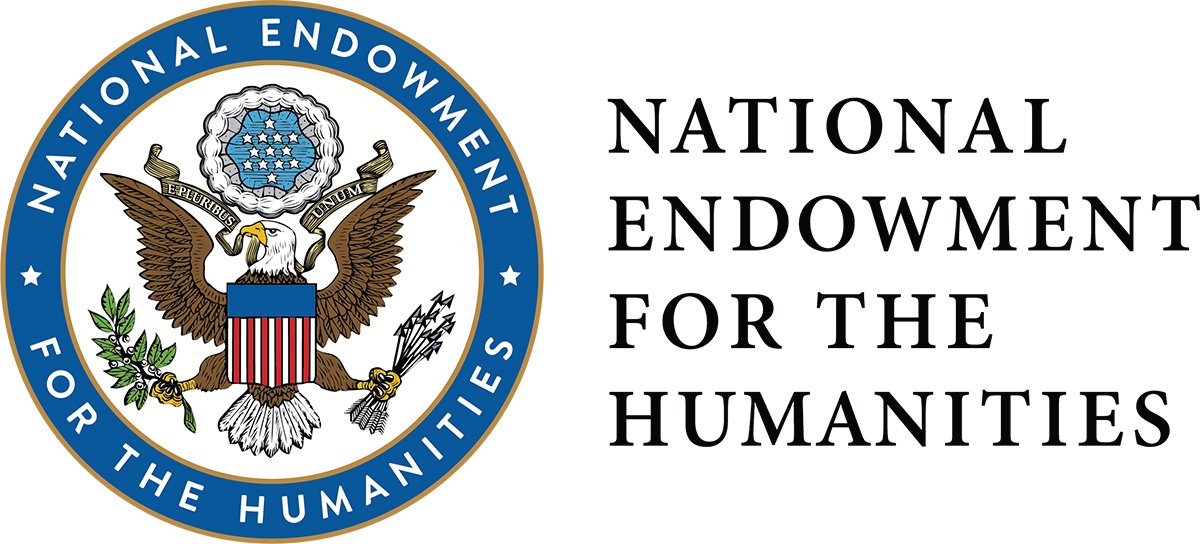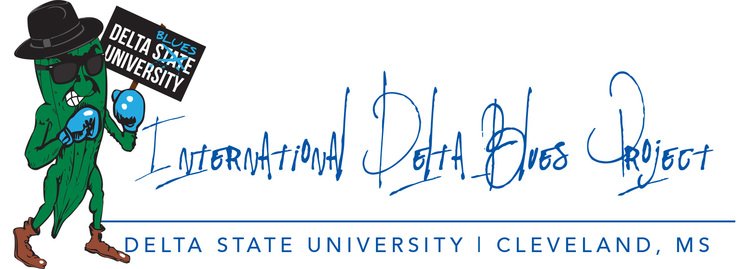WASHINGTON -- Members of the Delta Leadership Institute’s Executive Academy, selected by Governor Bryant and Delta Regional Authority federal co-chairman Chris Masingill, met recently with their congressional delegation and federal officials in Washington, DC, to talk about issues affecting the Mississippi River Delta region, including creating good-paying jobs, growing small businesses and entrepreneurs, and training a skilled workforce.
“Our cities and towns are important laboratories for policy development and economic growth in our region. To support smart, effective decision-making in our local communities, the Delta Leadership Institute is training and connecting our region’s leaders with the tools, network, and skills to improve the economic realities of their communities,” Chairman Masingill said. “This session in Washington, DC, provides them access to each of these and empower them to share their experiences back home and throughout the region.”
Executive Academy fellows were in Washington for the fifth session of the DLI Executive Academy, a year-long program for community leaders across the Delta that teaches leadership skills and prepares fellows to collaborate across state and local borders to address the most-pressing challenges of the region. This is the eleventh class of the DLI Executive Academy.
Those attending were:
Amanda Allen | Clarksdale, MS
Tracy Ausberry | Clarksdale, MS
Joshua Bower | Jackson, MS
Dr. Rolando Herts | Cleveland, MS
Shellie Michael | Jackson, MS
Lane Riley | Shaw, MS
Jessie Whitley | Greenville, MS
The meetings also allow these Delta leaders to interact directly with their congressional representation and discuss the policies and resources that they see as being most important to the region’s economic success, such as workforce development, access to healthcare, entrepreneurship, disaster recovery and resilience, and geotourism.
“I commend the Delta Regional Authority for fostering new leadership to promote economic growth and health care improvement throughout the Delta. It was a pleasure to meet the members of the Delta Leadership Institute, who will use the leadership skills they’re learning to aid their communities,” U.S. Senator Thad Cochran said.
“I enjoyed my conversation with this group of new leaders. This and other leadership programs are vital to the future success of our state,” U.S. Congressman Bennie Thompson (MS-2) said. “I tried to stress the importance of strong, competent individuals taking up the mantle of leadership in the Mississippi Delta to continue getting things done for the people they serve.”
“The DLI experience has been so educational for class members throughout Mississippi and the seven other DRA states. Participating in these DRA Hill visits is a highlight of my career and professional development," stated Jessie Whitley. "It was an honor to meet Senator Cochran, Congressman Thompson, and Congressman Harper and share with them the great work that DRA is doing in Delta communities. We also gained insights from them about how we can use leadership skills and connections developed through this program to better our communities. It was a win-win.”
"At the Delta Center for Culture and Learning, we're involved in lots of projects related to culture, heritage, and tourism," said Dr. Herts, Director of the Center. "I really appreciate the DLI Executive Academy for providing this opportunity to meet with our representatives in Washington to discuss ways that we can all help the region together. Without the Delta Regional Authority, which helps to empower so many here in the Delta, this would not have happened."
Lane Riley is the Program Director for Delta Hands for Hope in Shaw. Her organization provides after-school educational opportunities for school-age children in the town. "The DLI Executive Academy connects many Delta leaders and experts to address many of the issues and challenges effecting our region. I will be able to use this experience to bring new ideas and information back to my community, and work with other leaders in the Delta to have a greater collective impact," she said. "Through this trip to Washington, DC, we were able to advocate for continued support of programs and policies that will have a positive impact in the Mississippi Delta. Participating in the DLI is beneficial for me, my organization, and my community, and I am so honored to be apart of this amazing program."



